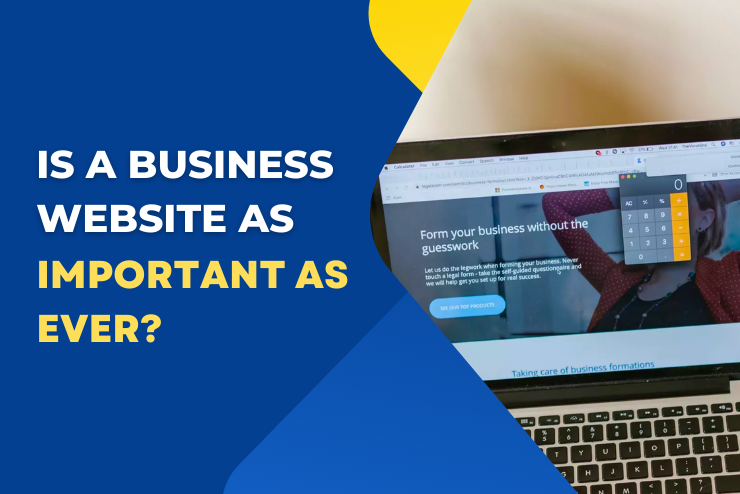How to Create a Stunning Landing Page with Elementor
Creating a landing page that grabs attention and converts visitors into customers is crucial for any business. Elementor, a powerful page builder for WordPress, makes this task easy and fun. In this blog post, I’ll guide you through the steps to create a stunning landing page with Elementor. Let’s get started! Why Use Elementor? Elementor is a popular choice for many web designers because of its ease of use and flexibility. Here are a few reasons why you should consider using Elementor: Step-by-Step Guide to Creating a Stunning Landing Page 1. Install and Activate Elementor First, you need to install and activate the Elementor plugin on your WordPress site. Follow these steps: 2. Choose a Template or Start from Scratch Elementor offers a variety of templates that you can use as a starting point. Here’s how to choose a template: If you prefer to start from scratch, you can do that too. Just skip the template step and start building your page from a blank canvas. 3. Customize Your Header Your header is the first thing visitors will see, so make it eye-catching. Here’s how: Pro Tip: Use a strong, action-oriented headline that tells visitors exactly what they can expect from your page. 4. Add Images and Videos Visuals are crucial for making your landing page attractive. Add images and videos to engage your visitors: For videos, drag and drop the “Video” widget, then add the URL of your video. 5. Include a Clear Call to Action (CTA) A landing page without a clear call to action won’t convert well. Here’s how to add a CTA: Pro Tip: Use contrasting colors for your CTA button to make it pop. 6. Add Trust Elements Building trust with your visitors is essential. Add testimonials, reviews, or logos of companies you’ve worked with: For logos, use the “Image” widget to add logos of your clients or partners. 7. Optimize for Mobile Many visitors will view your landing page on mobile devices. Ensure your page looks great on all screen sizes: 8. Preview and Publish Before publishing your landing page, preview it to make sure everything looks perfect: Tips for a High-Converting Landing Page Final Thoughts Creating a stunning landing page with Elementor is straightforward and fun. By following these steps and tips, you can design a page that not only looks great but also converts visitors into customers. Ready to create your own stunning landing page? Get started with Elementor today. — For more detailed information on landing page best practices, check out these authoritative resources: – Neil Patel on Landing Page Design – HubSpot’s Guide to Landing Pages – Moz’s Landing Page Optimization Tips — If you found this guide helpful, please share it with others who might benefit from it. And don’t forget to subscribe to our newsletter for more tips and tutorials on web design and digital marketing. Happy designing!



